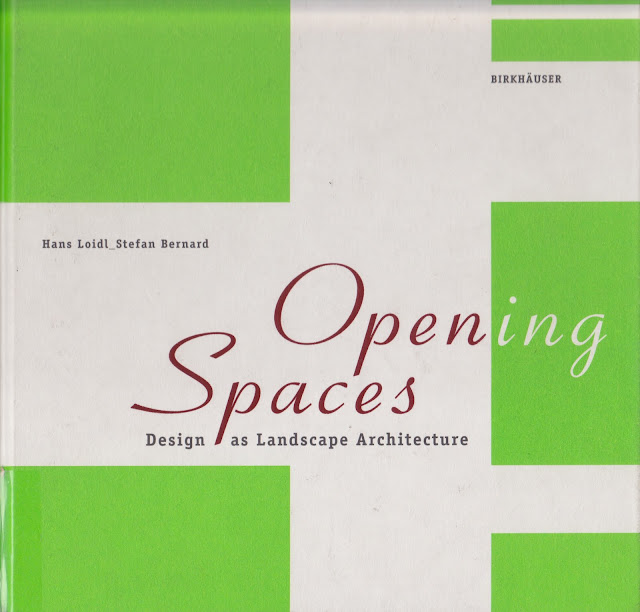The book starts with clear explanation of what is form and the role of its components in terms of their relationships to the form as well as representing perception of forms through analytical and comprehensible set of drawings. Furthermore it gave me although simple but clear answers on what is form, forming, designing and what are the differences between architectural and landscape spaces. In the process of reading the book i also clarified for myself what is landscape architect do as a designer as well as the differences between designing, creativity, design and finally designing landscape architecture.
This image shows variety of examples with distinct and indistinct spaces and how important is the combination of area units and solid boundaries when creating an effective space.

This image shows the way how to avoid the feeling of being cramped in the space where ratio 1:1 is positively encouraged by making the boundaries less dominant with the use of colour and brightness.
These images represent the angles of human's horizontal and vertical fields of vision according to the distance between person and an object.


This images are representing functionalities of paths
when sunk by 5-15 and up to 100 cm in different
topographical conditions and indicating that not
only relief but also individual features along the
path edges can give a strong sense of direction.

This image shows hot to structure paths and its significance in creating scenic views.
The image shows that people's instinctive movement in relation to trees (especially when they are used as path markers ) does not relate
to the crown of the tree but the control effect comes from the location of the trunk.

The following images give a clue about how to balance or in the contrary, create even more inequalities of levels in sloped spaces
by planting trees in relevant places.





No comments:
Post a Comment